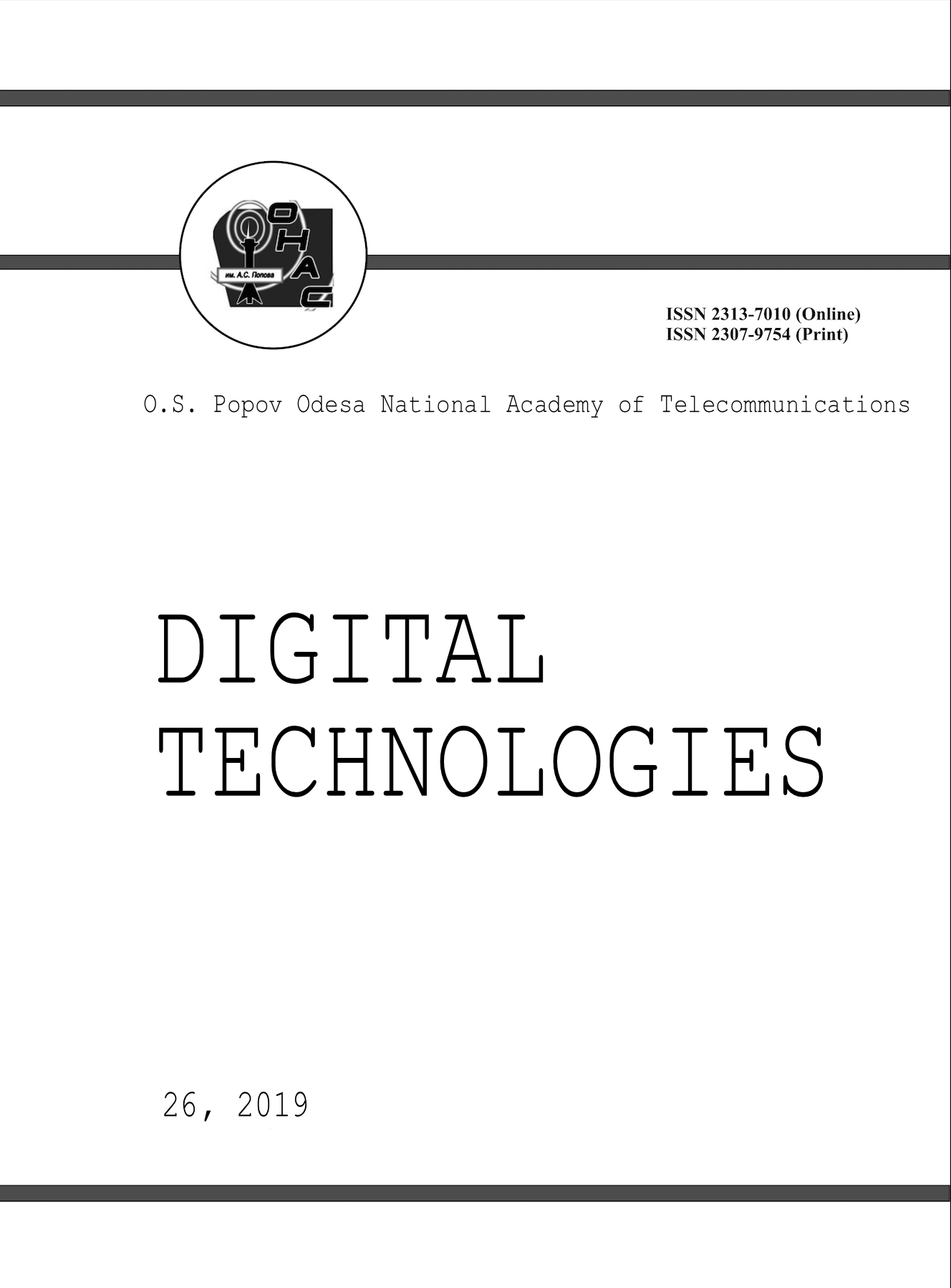ANALYTICAL EVALUATION OF THE NUMERICAL VALUES OF THE HUBBLE CONSTANT AND MAIN SPATIAL-ENERGY CHARACTERISTICS OF THE OBSERVABLE UNIVERSE
Abstract
. Since the baryonic matter of the observable Universe consists mainly of protons and neutrons, then the numerical value of its mass can be represented and calculated on the basis of an additive-multiplicative golden algebraic fractal, based on golden algebraic fractals of the masse of proton, neutron, and muon. Based on an analytical estimate of the mass of the observable Universe, using the law “Planck’s Universal Proportions”, an analytical estimate of the Hubble constant and the main spatial-energy characteristics of the observed Universe is obtained. An analytical estimate of the Hubble constant is consistent with the experimental data of Planck’s mission, SDSS-III Baryon Oscillation Spectroscopic Survey, DES Collaboration. The objectivity of the experimental estimation of the Hubble constant from the H0LiCOW, Riess et al, Hubble Space Telescope collaborations does not raise any doubts. This means that the Hubble constant describes two similar, but different physical processes and has at least two values. The value of the Hubble constant from the collaborations Planck’s mission, SDSS-III Baryon Oscillation Spectroscopic Survey, DES Collaboration describes the process of rotation of the space of the observed Universe, and the value of the Hubble constant from the collaborations H0LiCOW, Riess et al, Hubble Space Telescope describes the process of rotation of substance in the space of the observed Universe. It is shown that after the Big Bang, the space of the observable Universe made one incomplete revolution of at 345 degrees, and the substance in it made one complete revolution of approximately 379 degrees. New estimates are given: of the gravitational constant, of the Planck energy, of the Planck acceleration, of the Planck force, of the gravity factor of the observable Universe, of the Planck temperature, of the angular velocity of rotation of the space of the observable Universe. Estimates of temperature and wavelength of thermal radiation of the observable Universe, as the Hubble sphere, are given.

